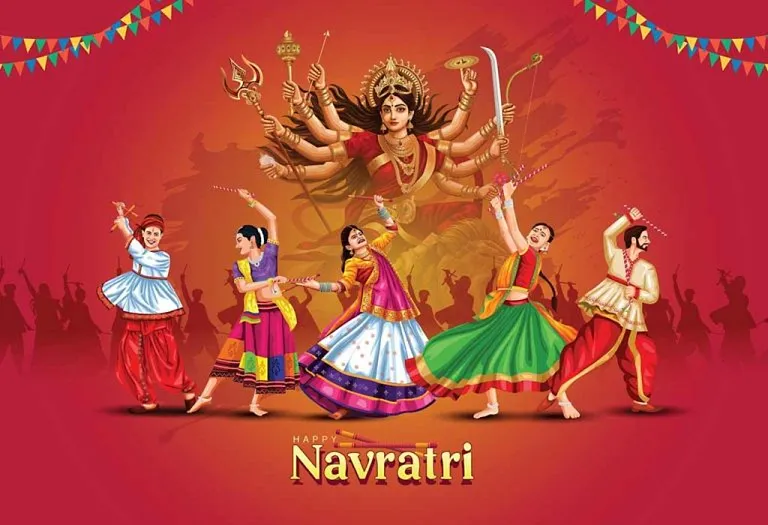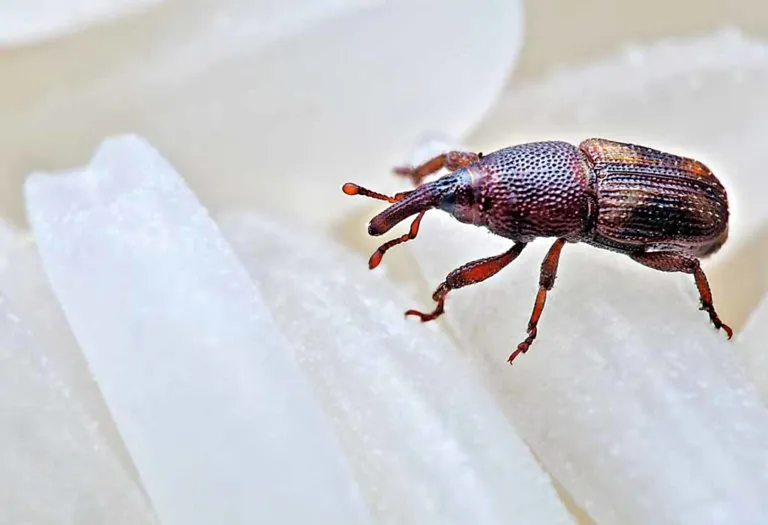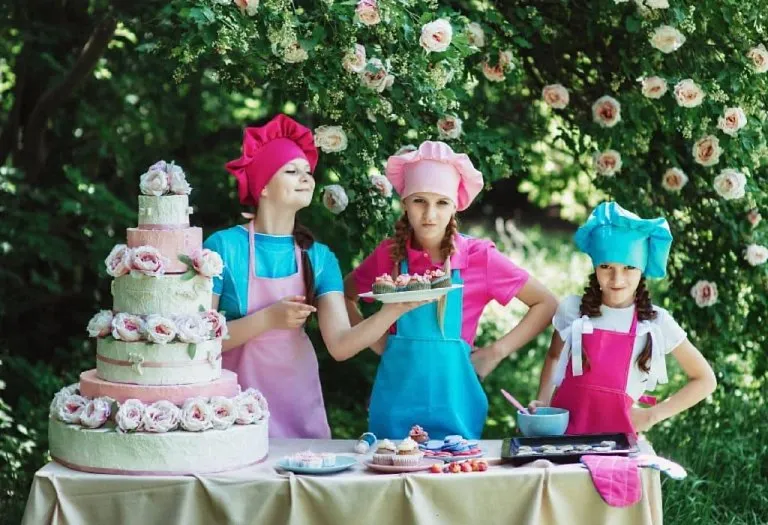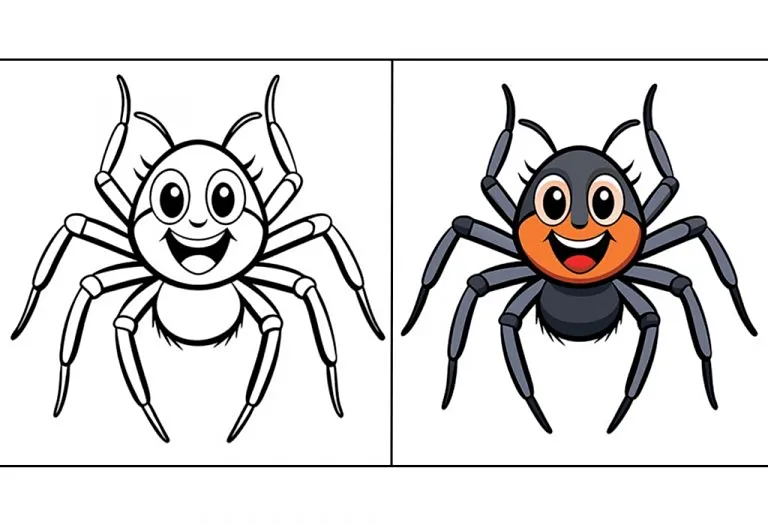Navratri 2025 – Date, Puja Timings, Rituals and Significance of Shardiya Navratri
- Navratri History and Importance
- Navratri Puja Date and Timings
- Shardiya Navratri 2025: Day, Dates and Tithi
- Colours of Navratri and Their Significance
- Rituals and Traditions
- How to Celebrate Navratri With Friends and Family?
- Navratri Mantra’s
Shardiya Navratri, an eagerly anticipated festival in India, holds immense significance in the hearts of millions. This festival is observed for nine days and is dedicated to the feminine power or ‘Shakti’ symbolised by the Goddess Durga. According to the Hindu calendar, Navratri will be observed from 22 September 2025 to 1 October 2025. In this year’s festival, one and all are welcome to be part of this colourful cultural carnival and celebrate the auspicious presence of Maa Durga in the company of the dear and near. Devotees gather to pray, bow and celebrate in this special season that brings incomparable happiness to everyone.
Navratri History and Importance
The significance of Navratri, particularly Shardiya Navratri, is rooted in the history of Indian mythology. This festival is said to be celebrated to mark the victory of Goddess Durga over the demon Mahishasura, which symbolises victory over evil. According to folklore, during this month, the Goddess Durga appeared in her ferocious nine avatars, symbolising the nine forms of feminine strength.
The festival brings people together as they gather for prayers, perform dances like Garba and Dandiya, and share festive meals. Navratri also marks a period of purification and spiritual development for the devotees’ souls and bodies, in addition to being a time for worshipping the gods and goddesses. All in all, Navratri is the festival of faith, togetherness, and the victory of good over evil in the world.
Navratri Puja Date and Timings
As Navratri 2025 is around the corner, below are the important dates and timings for Navratri Puja, which holds immense spiritual significance for devotees.
Date
Shardiya Navratri begins on Monday, September 22, 2025, with Maha Navmi on October 1st, and the final day of the festival on October 2nd with the observance of Dussehra or Vijayadashami.
Timing
The Partipada thithi starts on September 22, 2025, at 01:23 a.m. and ends on September 23, 2025, at 02:55 a.m.
The Ghatasthapana/Kalashsthapana muhurta for Shardiya Navratri 2025 is scheduled for September 22, 2025, from 06:09 a.m. to 08:06 a.m.
Shardiya Navratri 2025: Day, Dates and Tithi
Let’s check out the list of Shardiya Navratri 2025.
| Day | Date | Goddess Name | Tithi |
| Monday | 22 September | Shailaputri | Pratipada |
| Tuesday | 23 September | Brahmacharini | Dwitiya |
| Wednesday | 24 September | Chandraghanta | Tritiya |
| Thrusday | 25 September | Vinayaka Chaturthi | Tritiya |
| Friday | 26 September | Kushmanda | Chaturthi |
| Saturday | 27 September | Skandamata | Panchami |
| Sunday | 28 September | Katyayani | Shashthi |
| Monday | 29 September | Kalaratri | Saptami |
| Tuesday | 30 September | Mahagauri | Ashtami |
| Wednesday | 1 October | Siddhidatri | Navami |
| Thursday | 2 October | Vijay Dashami/Durga Visarjan | Dashami |
Colours of Navratri and Their Significance
During Shardiya Navratri, each of the nine days is associated with a specific colour, symbolising the energies of Goddess Durga’s nine forms. These colours carry spiritual significance and guide devotees in their attire and rituals throughout the festival. Here are the nine colours of Shardiya Navratri and their symbolic meanings.
1) Day 1 – 22 September – White
White symbolises purity, nonviolence, and innocence. Wear a white-coloured dress on this day to experience inner peace and security. Wearing white on the first day creates a sense of purity and serenity in the heart. Worship Mata Shailputri, the first avatar of goddess Durga, on the first day and seek wisdom and blessings for good beginnings.
2) Day 2 – 23 September – Red
What else can be associated with red? Red is the colour of passion, power and, most importantly, protection. As for the second day, people prefer wearing red because it symbolises strength and determination to fight barriers in life. Day 2 is for Goddess Brahmacharini, who represents penance, austerity, and knowledge.
3) Day 3 – 24 September – Royal Blue
Royal blue refers to nobility, knowledge, and peace. On this day, people worship Goddess Chandraghanta, who has a bell-shaped crescent moon on the forehead and symbolises courage, discipline, and protection, riding a lion into battle against demons. The royal blue colour defines richness and tranquillity.
4) Day 4 – 25 September – Yellow
Yellow symbolises happiness, being happy, being cheered up, or anything bright. Yellow is associated with a happy and joyous mood, and wearing yellow clothes on the fourth day signifies a happy start to the festival.
5) Day 5 – 26 September – Green
Green represents growth, fertility, and harmony. Goddess Kushmanda, who is believed to have created the universe with her smile, is the symbolic figure of the cheerful colour green. Wear Green this Chaturthi and let the Goddess bestow you with tranquillity. Green also represents new beginnings in life.
6) Day 6 – 27 September – Grey
This Pachami greets Mata Skandamata. Skandamata, revered as the ‘mother of Skanda,’ is the removal of obstacles to devotees and the epitome of maternal love. Grey symbolises the gentle and calm nature of Goddess Skandamata, offering the blessings of maternal love, protection, purity, and contentment. This colour represents change and calmness and symbolises that no matter how difficult the situation may be, there is always a way out.
7) Day 7 – 28 September – Orange
Orange represents action, liveliness, and enthusiasm. Wearing orange on the fourth day represents positivity, vitality, and enthusiasm. Shahasti is the day of the goddess Katyayani, the ‘destroyer of evil,’ known for gaining victory over the demon Mahishasura.
8) Day 8 – 29 September – Peacock Green
Saptami is the day of Mata Kalaratri, the ‘destructive avatar of Durga’ and the protector against evil. On this Navratri, make a statement by donning this beautiful blend of Blue and Green, as peacock green colour signifies distinctiveness and individuality. This hue radiates the attributes linked to both colours, embodying kindness and vitality.
9) Day 9 – 30 September – Pink
Pink represents compassion, love, and harmony. It is linked with the goddess Mahagauri, known to bring peace and calmness to the mind. Celebrating with pink on the ninth day also signifies the energy to do good and be kind, or, in other words, to spread love.
9) Day 10 – 1 October – Marron
Marron is a beautiful colour that channels divine energy and is a symbol of prosperity in Hindu tradition. It’s a predominant colour in various other cultures. What makes marron so important in Hindu culture is its association with Hindu goddesses, the preferred colour of vermilion for worship purposes, and qualities such as inner strength, heroism, and bravery. On the divine occasion of Maha Navami, adorn the colour maroon and channel your bhakti and inner strength with Maa Siddhidatri!
Rituals and Traditions
Navratri is rich in rituals and traditions, each filled with deep spiritual meaning and devotion. These practices vary slightly across regions, but the core essence remains the same: honouring the Goddess Durga and seeking her blessings for strength, prosperity, and protection. Below are some of the key rituals and traditions observed during Navratri:
1. Ghatasthapana (Kalash Sthapana)
Ghatasthapana marks the commencement of Navratri. On the first day, a pot (Kalash) is filled with water and seeds, symbolising the germination of life. This pot is then placed in a sanctified area, and prayers are offered to invoke the blessings of the Goddess.
2. Durga Puja
Throughout Navratri, special pujas are conducted to honour Goddess Durga. These pujas involve elaborate rituals, including chanting mantras and offering flowers, incense, and various symbolic items.
3. Fasting (Vrat)
Many devotees observe fasts during Navratri, abstaining from certain foods and refraining from activities like smoking and drinking. The fast is broken with specific foods, often at prescribed times of the day.
4. Kanya Puja
On the eighth or ninth day of Navratri, young girls, considered to embody the energy of the Goddess, are worshipped. They are invited into homes, fed, and given gifts as a gesture of reverence.
5. Garba and Dandiya Raas
These traditional folk dances are an integral part of Navratri Garba celebrations. People form circles and dance rhythmically to devotional songs, expressing their devotion and joy.
6. Aarti
Aarti is a ritual involving the offering of lighted lamps before the deity. It is performed during the evening prayers and is accompanied by devotional songs.
7. Navami Havan
On the ninth day of Navratri, a havan (sacred fire ceremony) is conducted, symbolising purification and invoking blessings for a prosperous life.
8. Visarjan
On the tenth day of Dussehra, a clay idol representing the Goddess is immersed in a water body, signifying the divine’s return to her celestial abode.
9. Reading of Durga Saptashati
Devotees often read the Durga Saptashati, a sacred scripture that narrates the glories of Goddess Durga.
How to Celebrate Navratri With Friends and Family?
Celebrating Navratri with friends and family is a wonderful opportunity to come together in devotion and joy. Decorate your home with traditional elements and festive lights to create a cheerful atmosphere. Plan collective prayers, pujas, and aartis to seek blessings from Goddess Durga. Engage in lively Garba and Dandiya Raas dances, fostering unity and celebration. Prepare Navratri special dishes as a group, turning cooking into a joyful bonding activity. Explore local community events to enhance cultural immersion. Share Navratri stories and legends to deepen understanding and enrich the festive experience.
Navratri Mantra’s
Navratri Mantras, sacred incantations passed down through generations, can invoke divine blessings during this auspicious festival. Chanting these reverent phrases is a cherished tradition, creating a spiritual resonance that deepens our connection with the divine energies of Navratri.
1. “Sarva Mangala Mangalye, Shive Sarvartha Sadhike
Sharanye Trayambake Gauri, Narayani Namostute”
2. “Om Hreem Shreem Lakshmibhayo Namaha”
3. “Om Dum Durgayei Namaha”
As Shardiya Navratri 2025 draws to a close, may the blessings of Goddess Durga continue to illuminate our lives. This vibrant celebration has once again reinforced the bonds of family, community, and spirituality. As we bid farewell to this joyous occasion, let us carry the essence of Navratri in our hearts, spreading positivity and unity in our journey ahead. We wish you all a Happy Navratri 2025, filled with renewed hope, prosperity, and the enduring light of Goddess Durga’s grace.
Disclaimer: The information for the article is sourced from the Hindu Panchang. We do not claim that the details provided in this article are entirely truthful and precise. Prior to adopting them, be sure to consult with a professional in the relevant field.
Also Read:
Goddess Durga Names
Goddess Kali Names for Baby Girls
Goddess Parvati Names for Baby Girl
Goddess Saraswati Names for Baby Girl
Ways to Dress Up Your Kids for Navratri
Navratri Wishes, Messages, Quotes and Statues
Facts about Navratri and Dusshera for Kids























